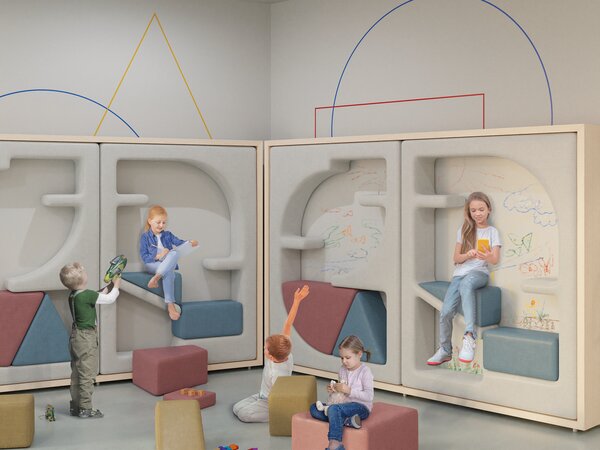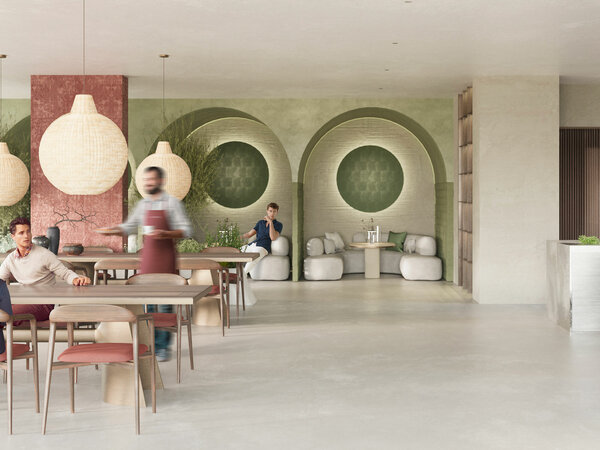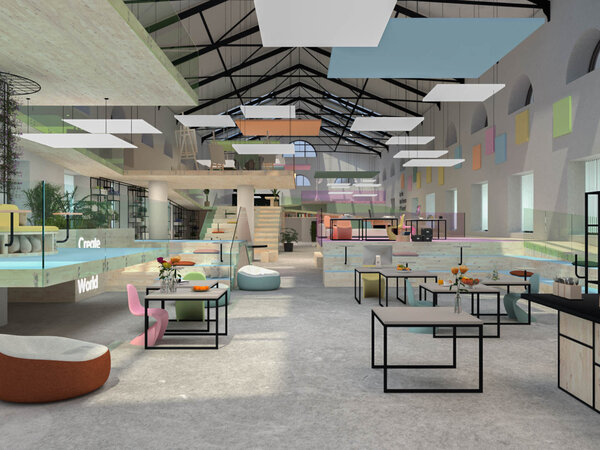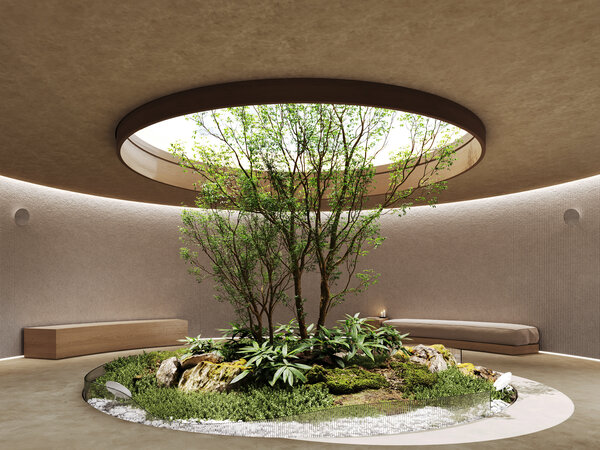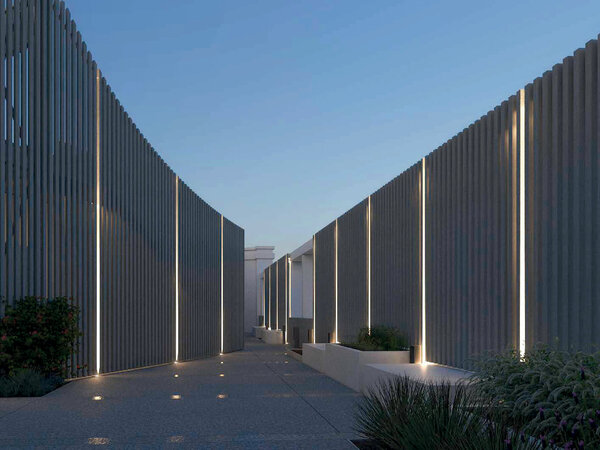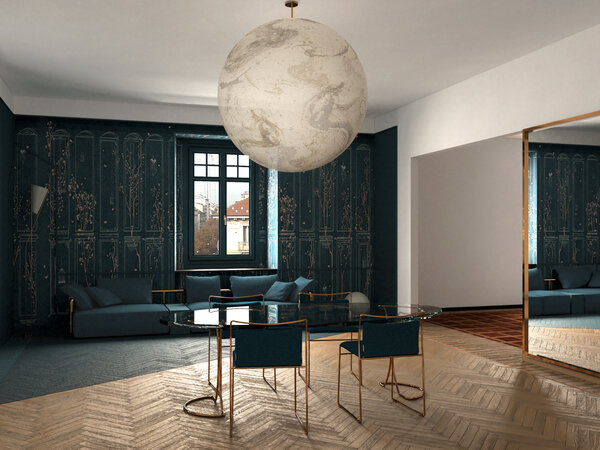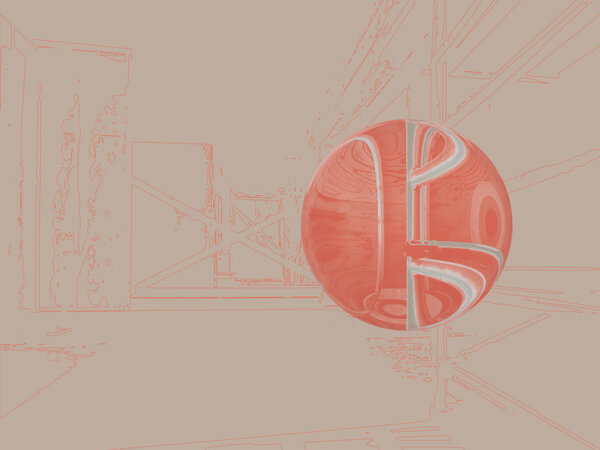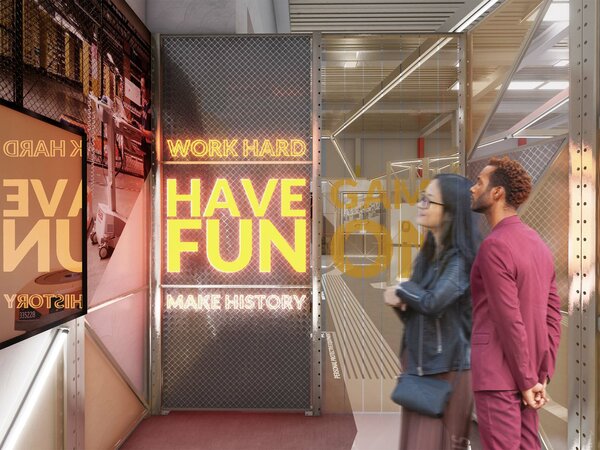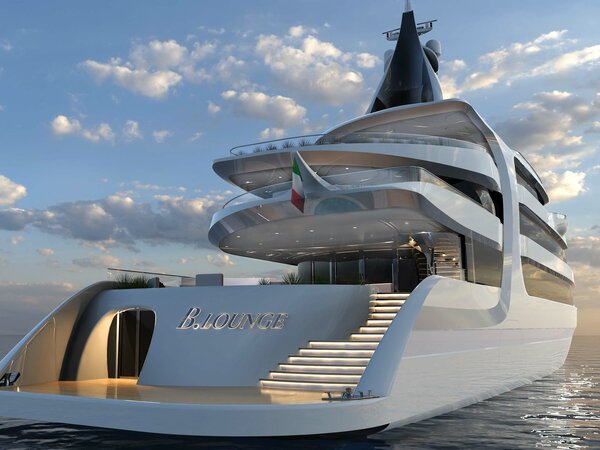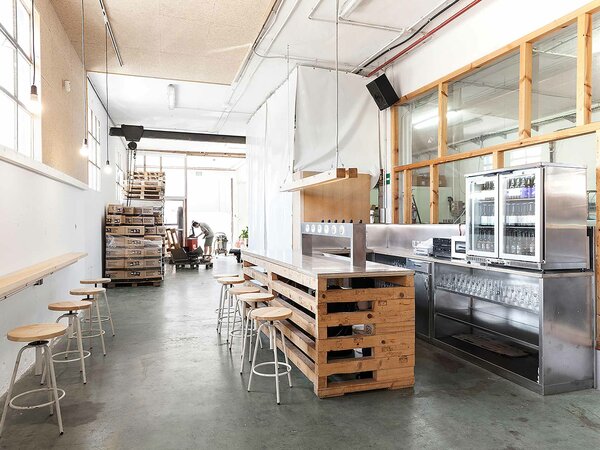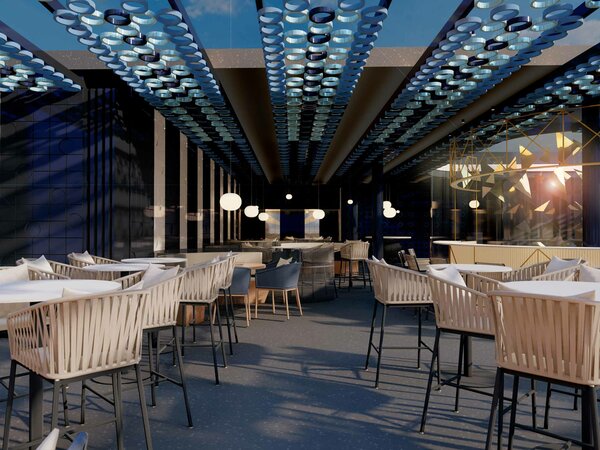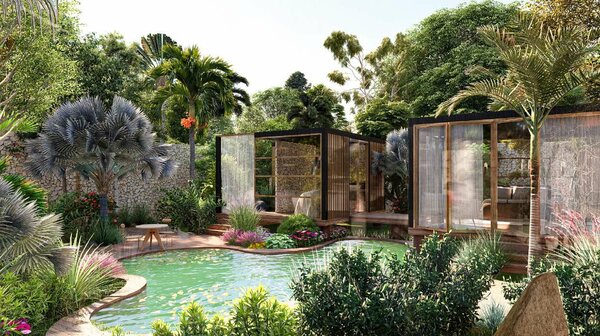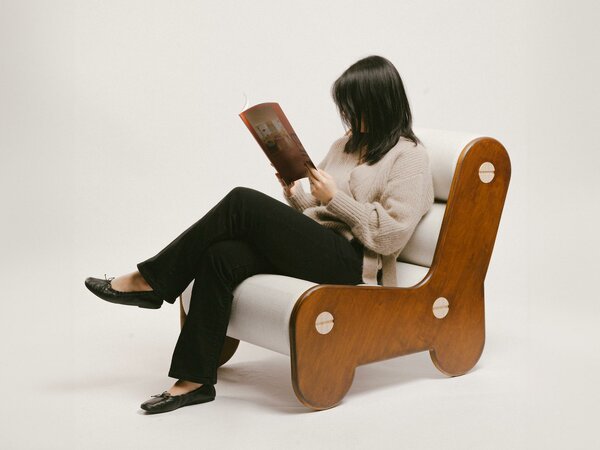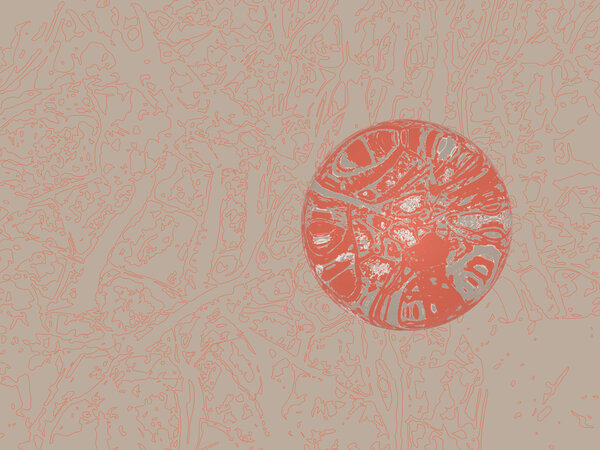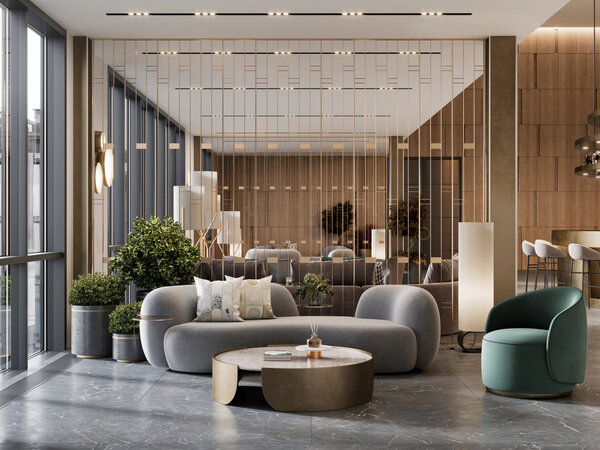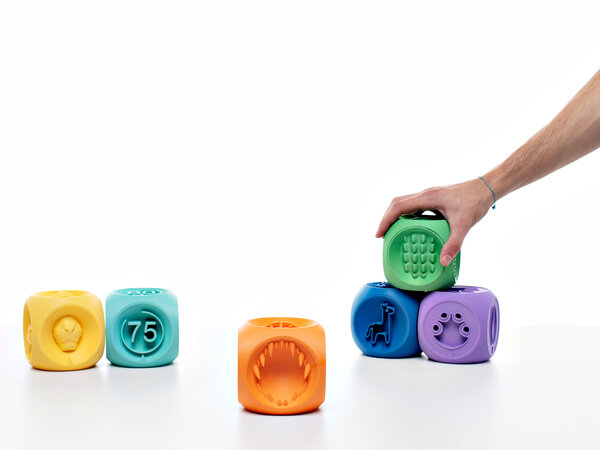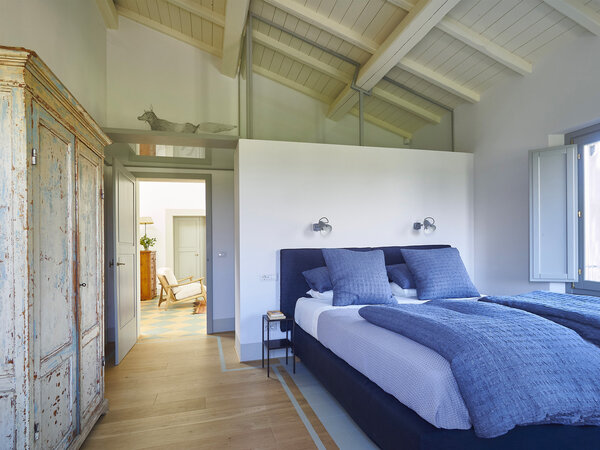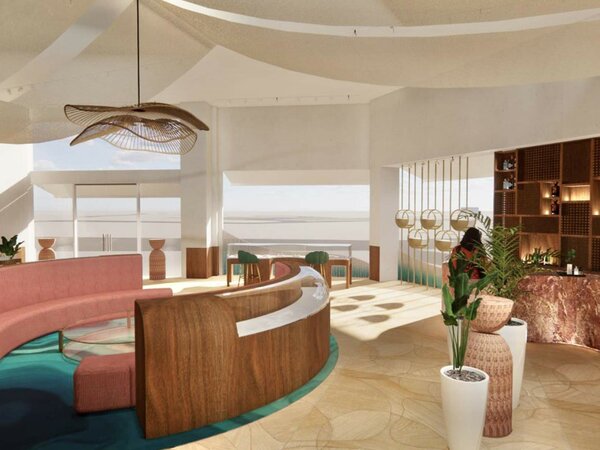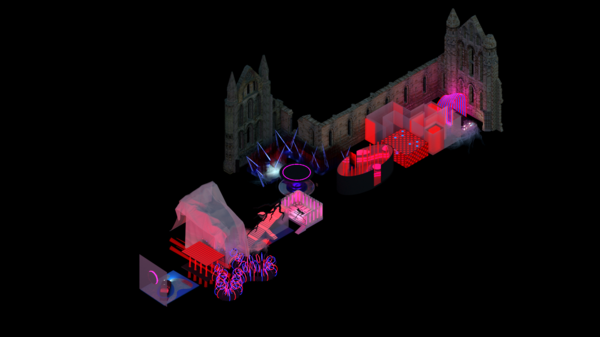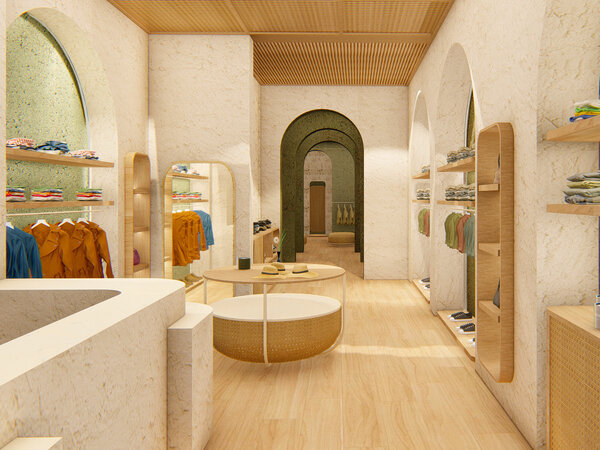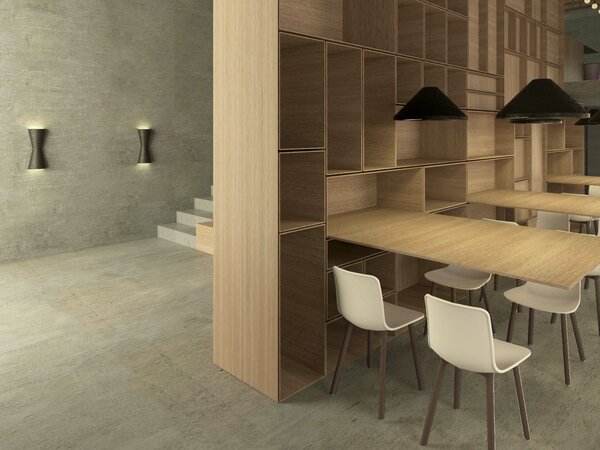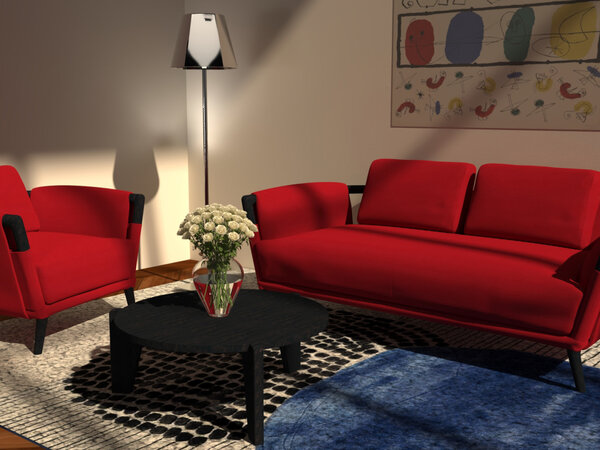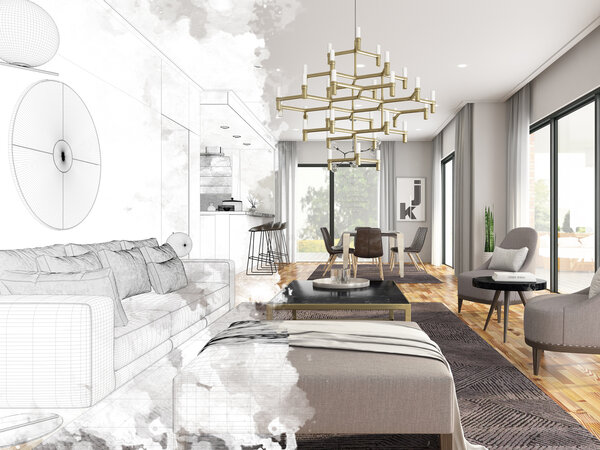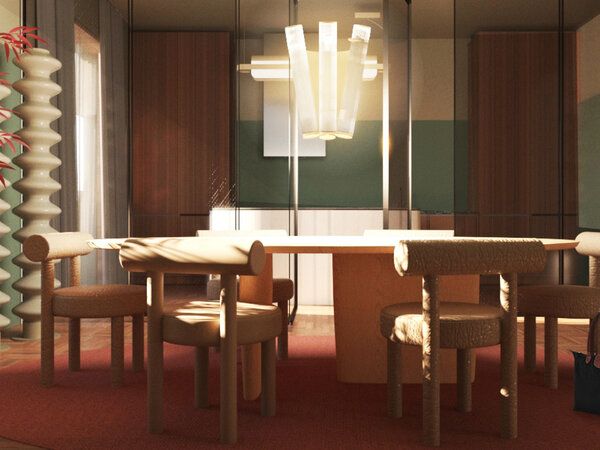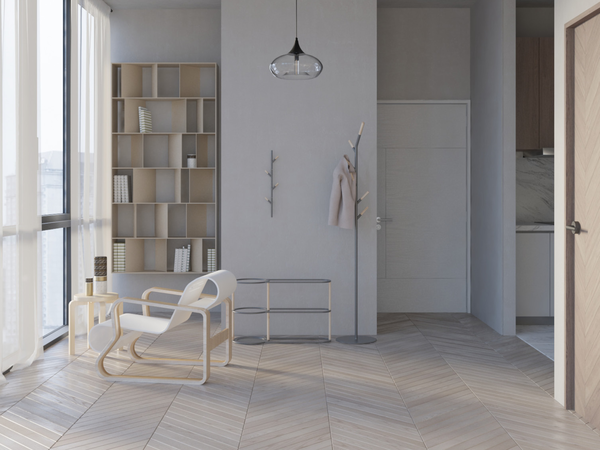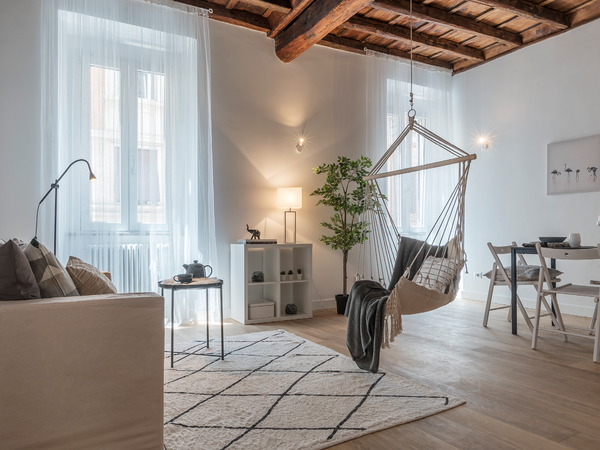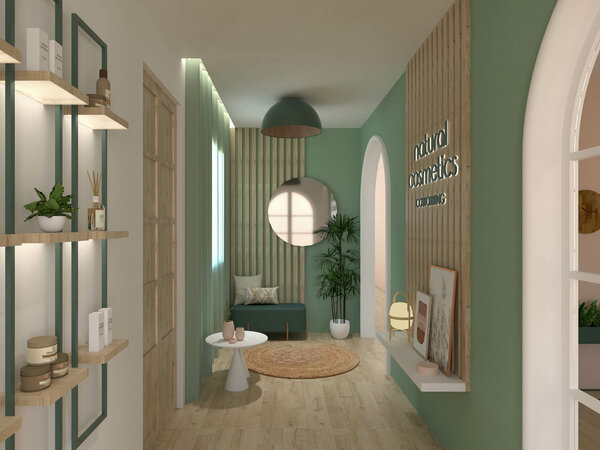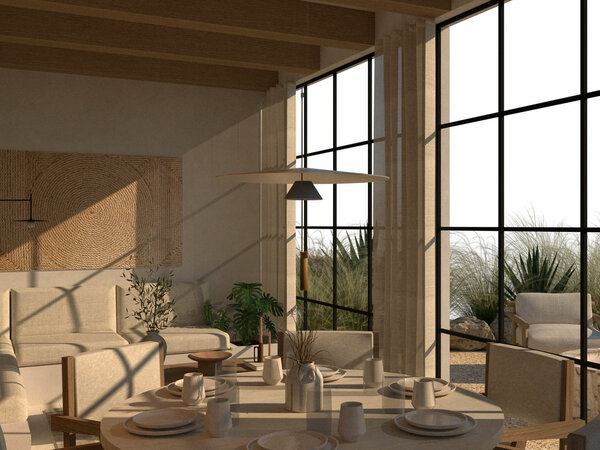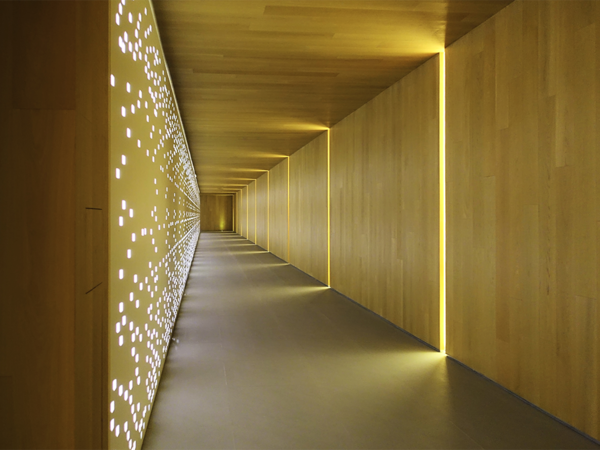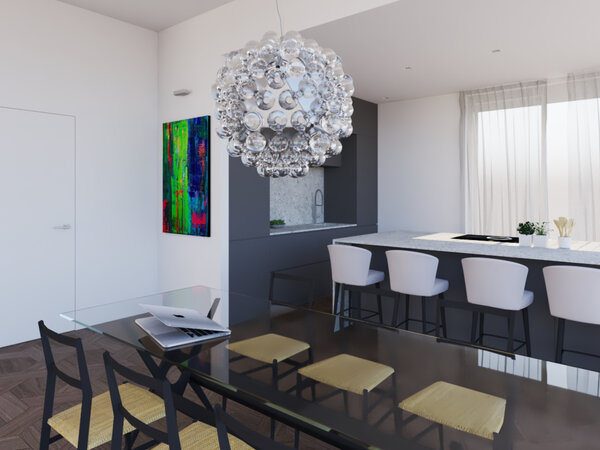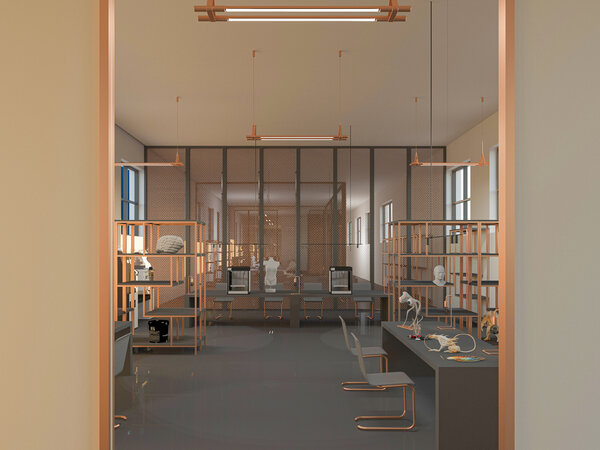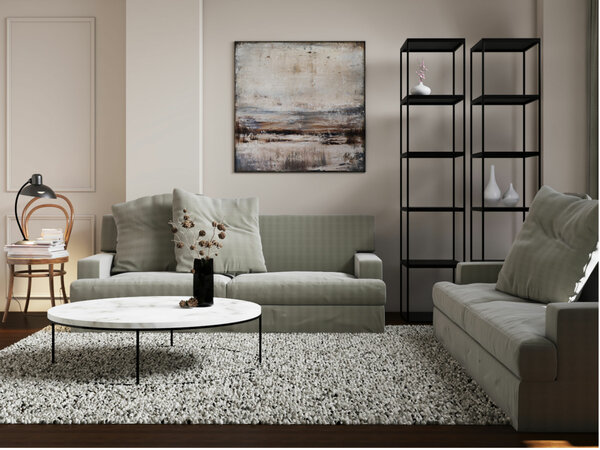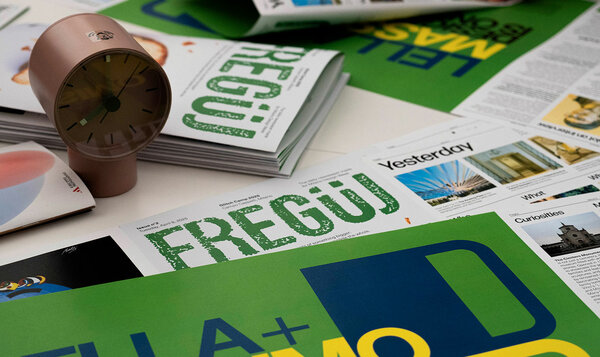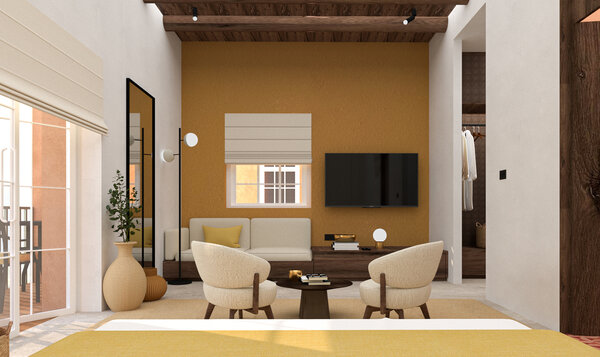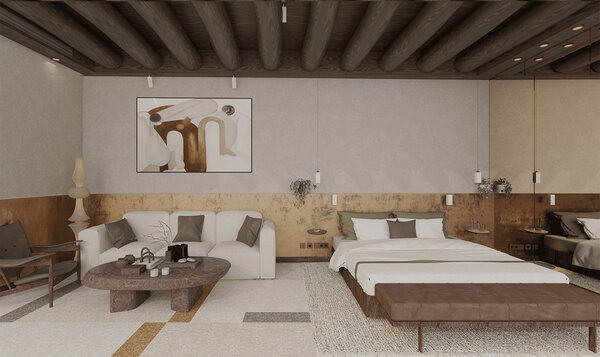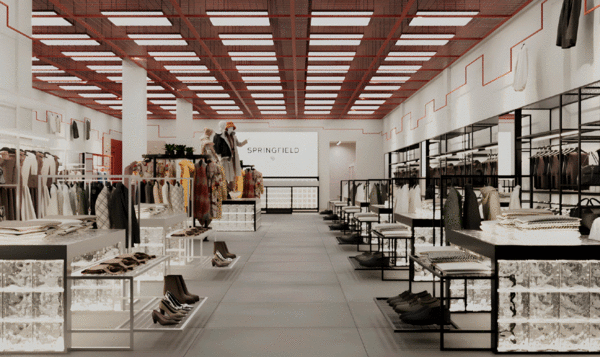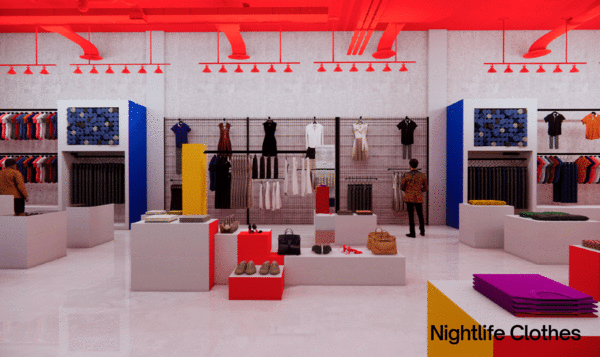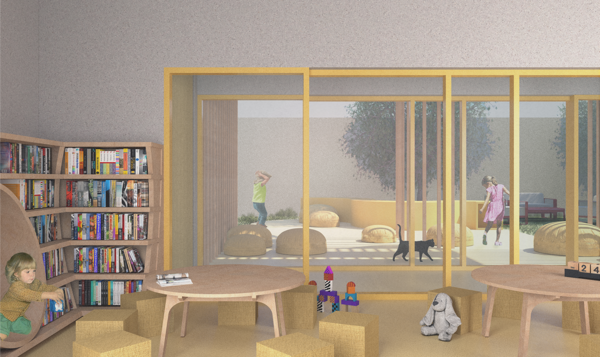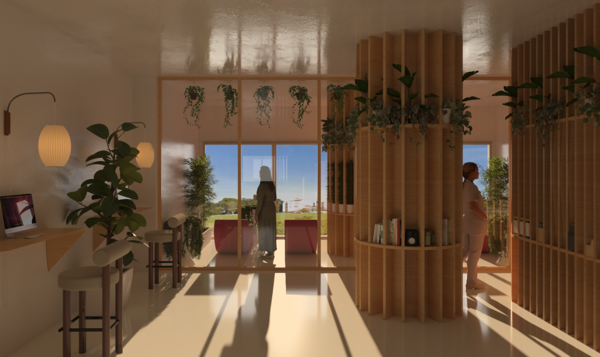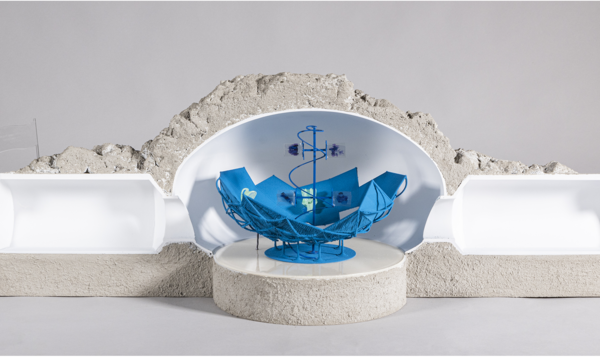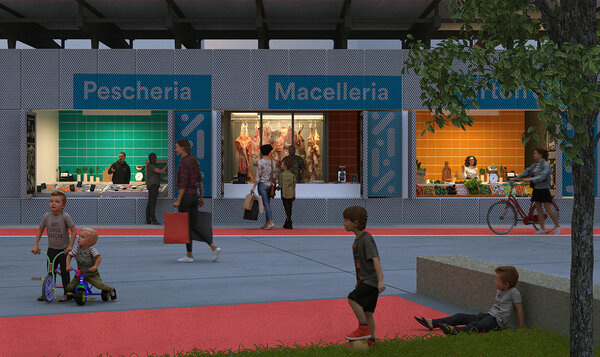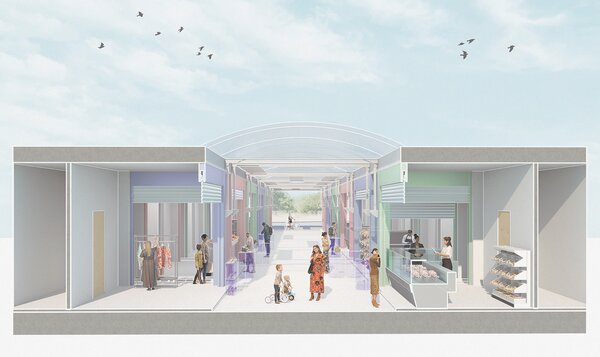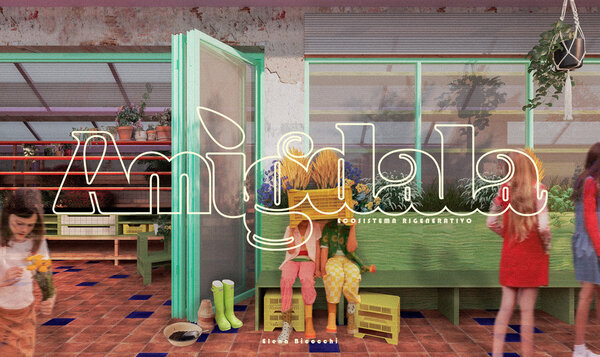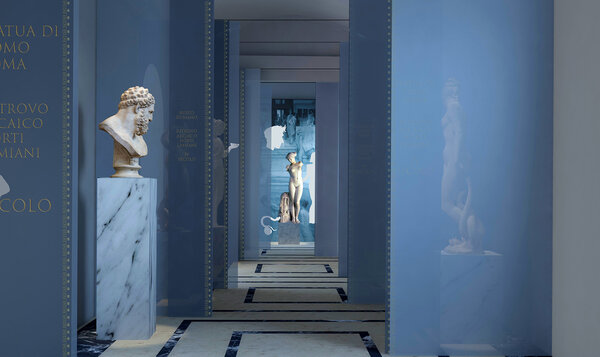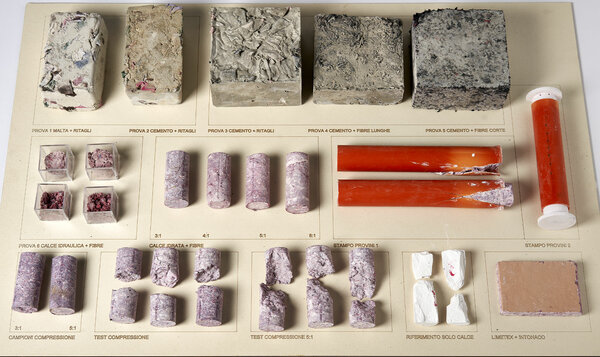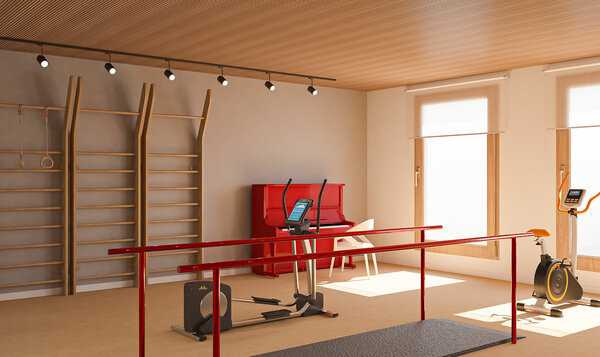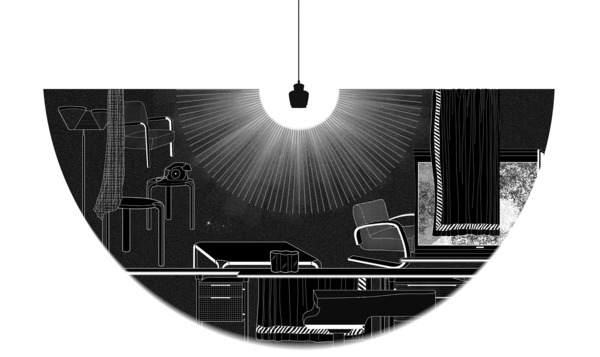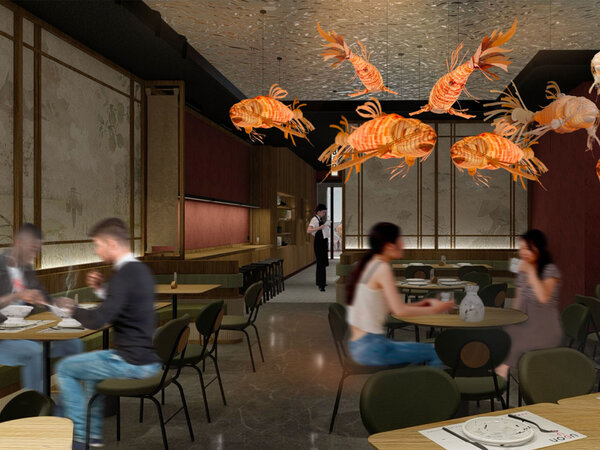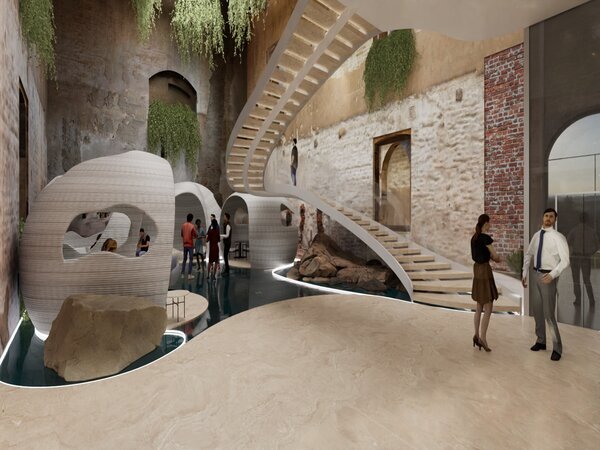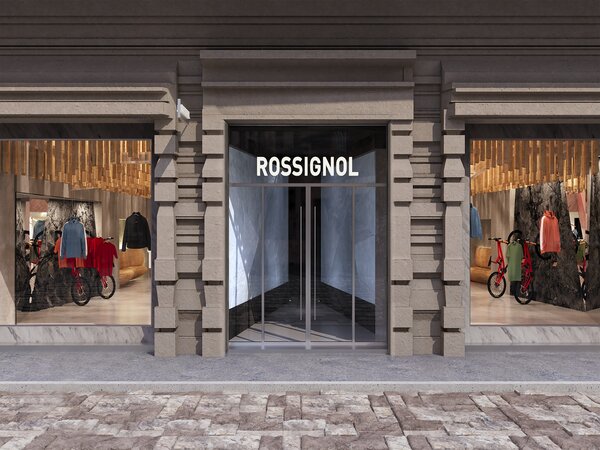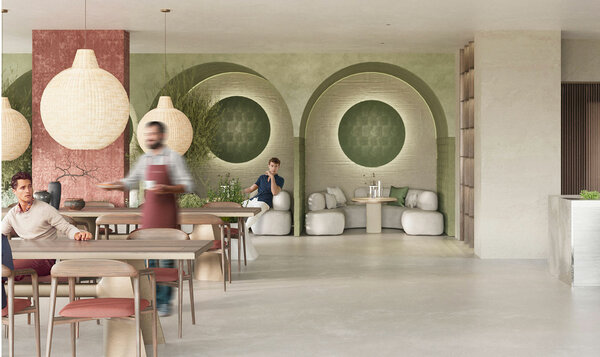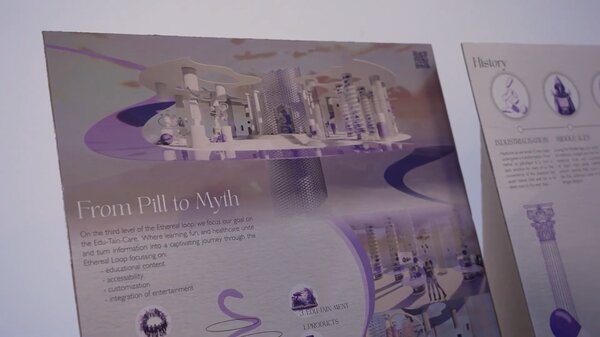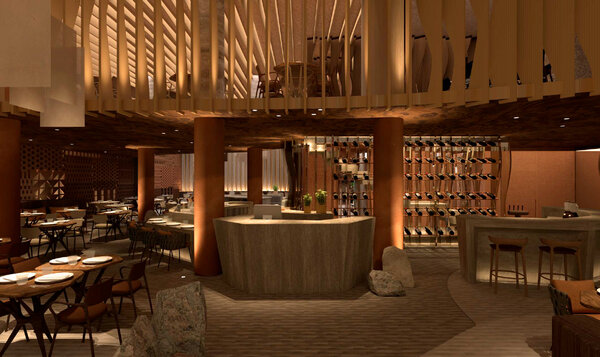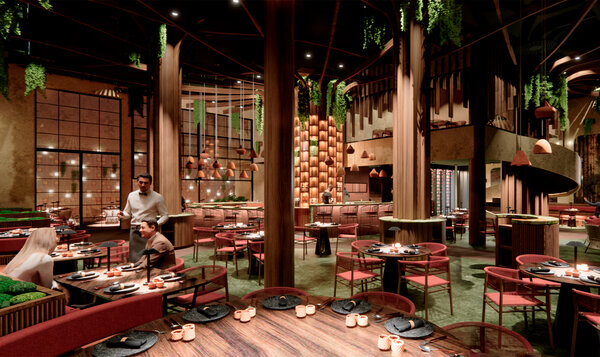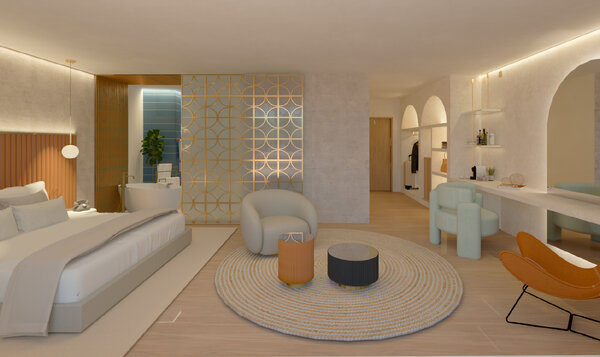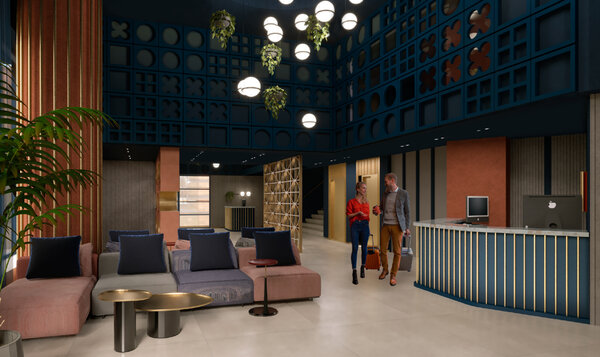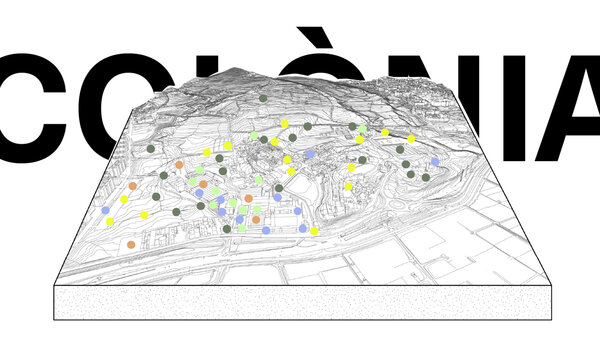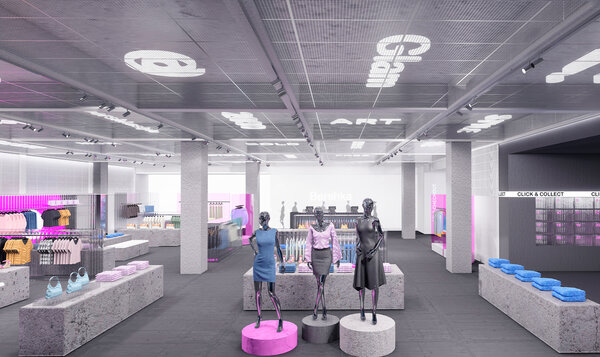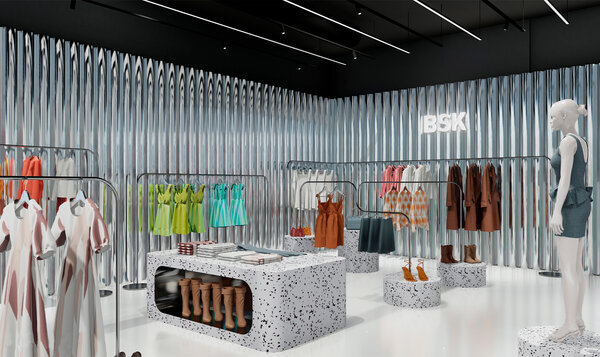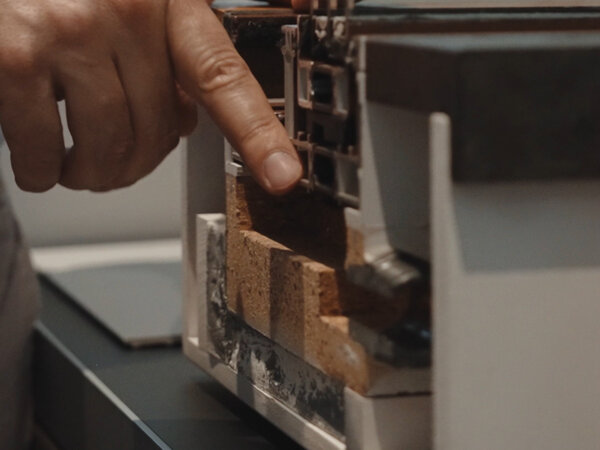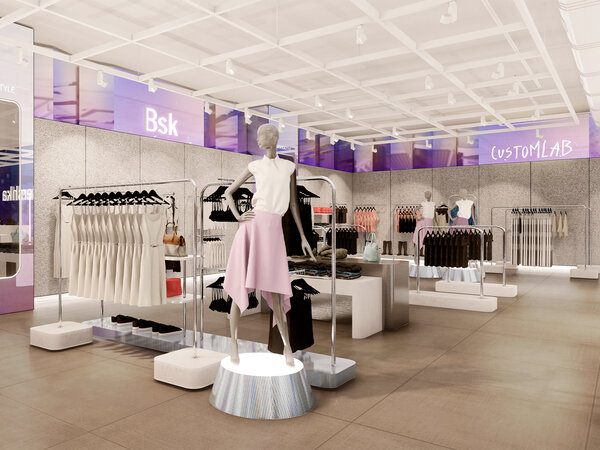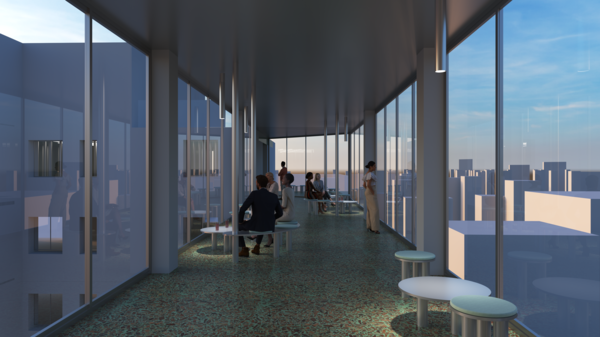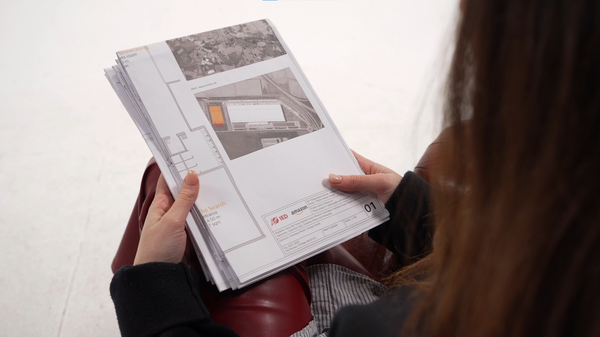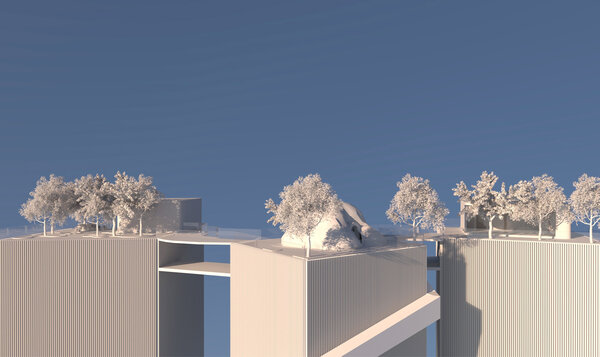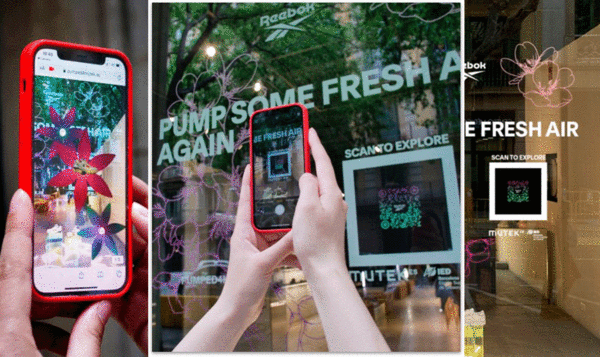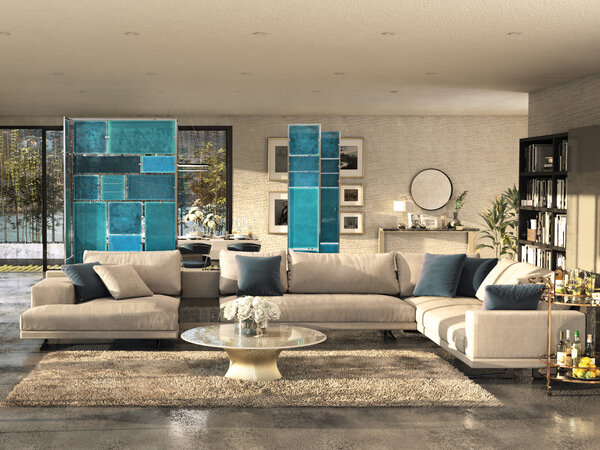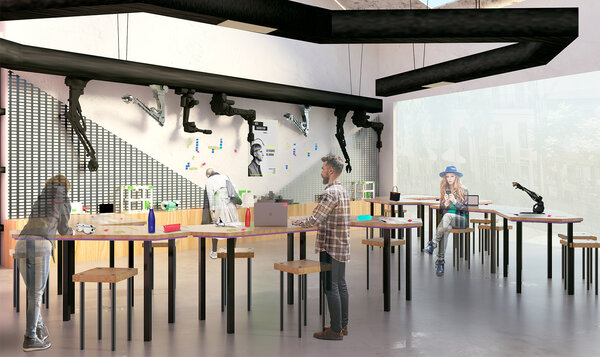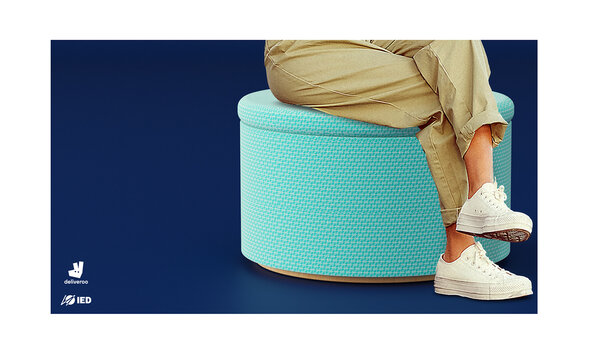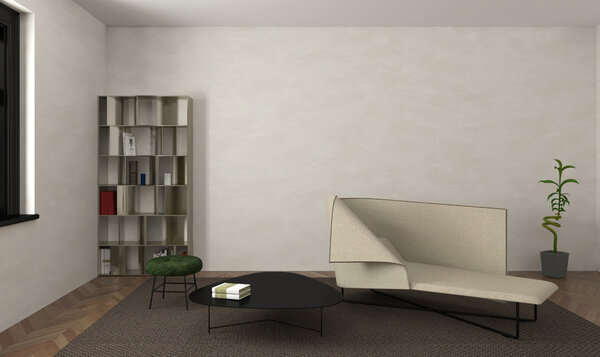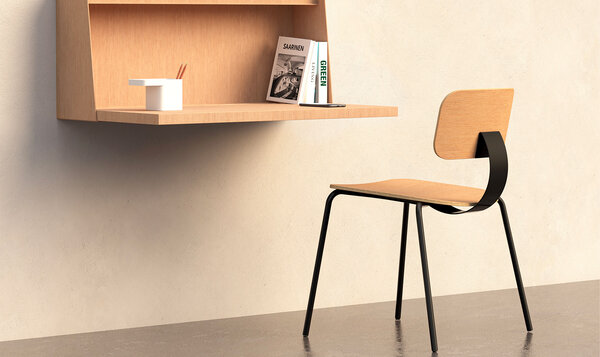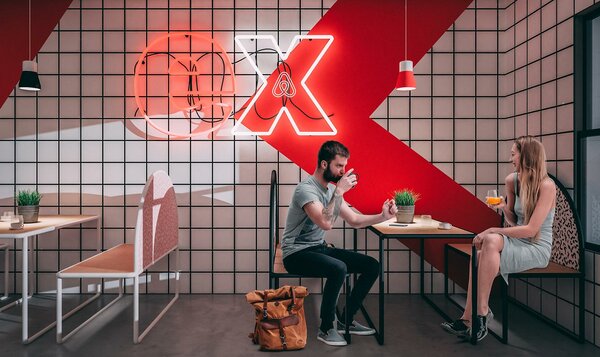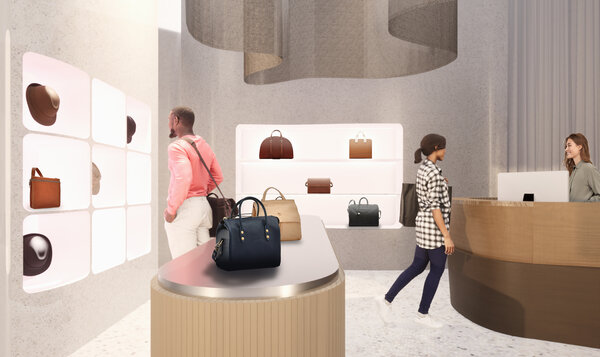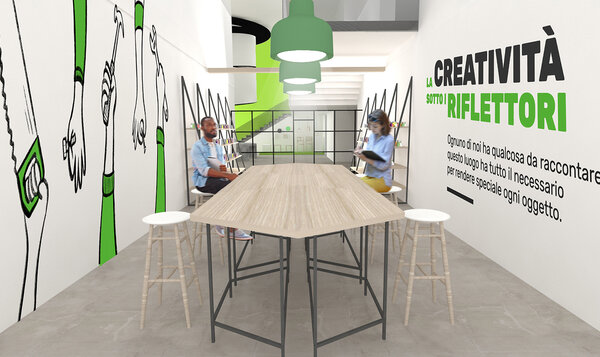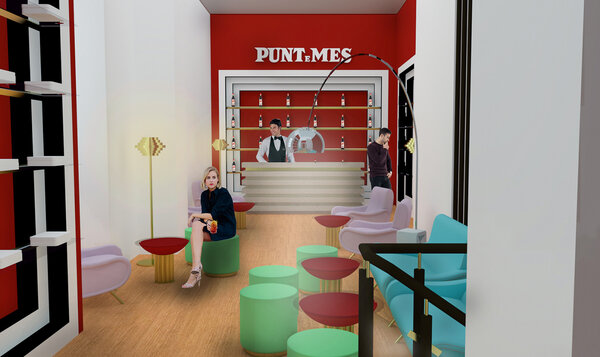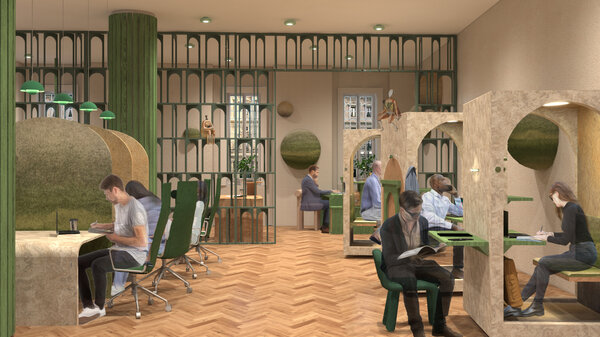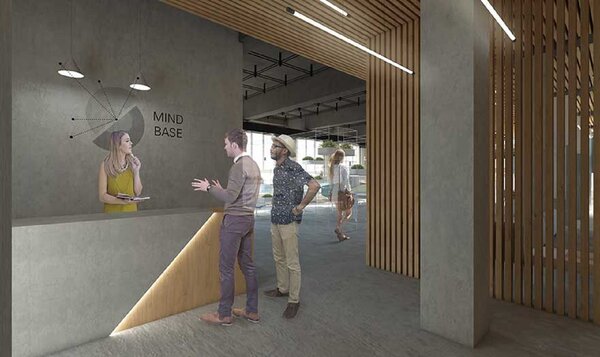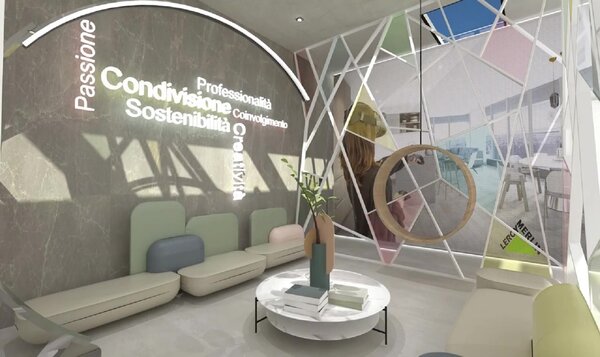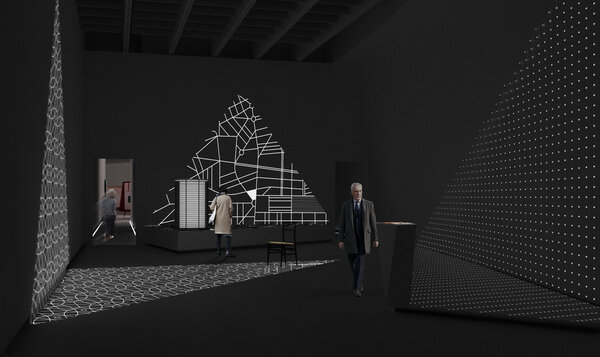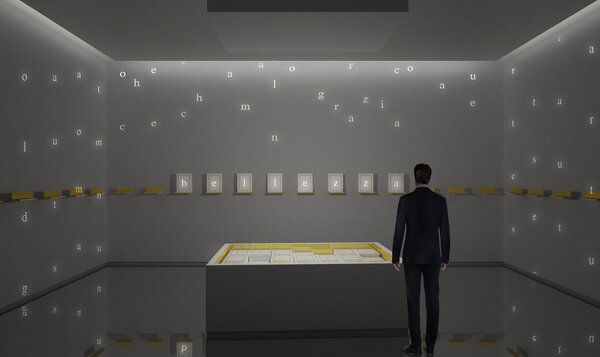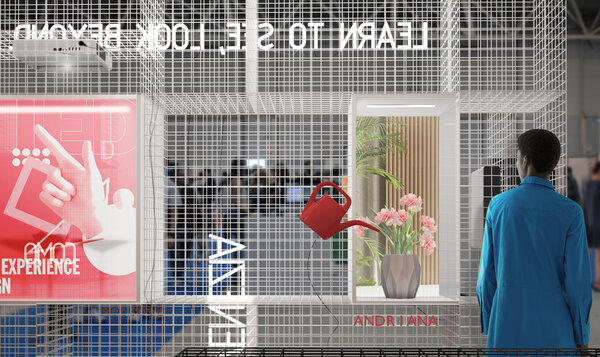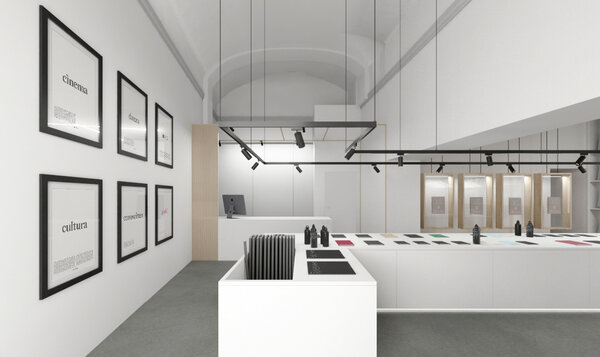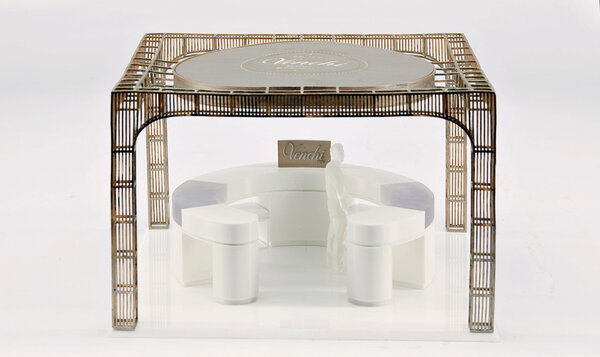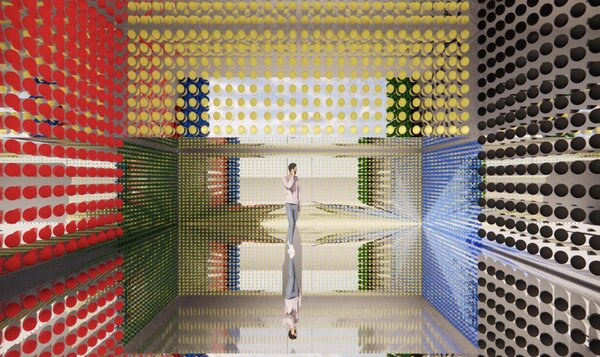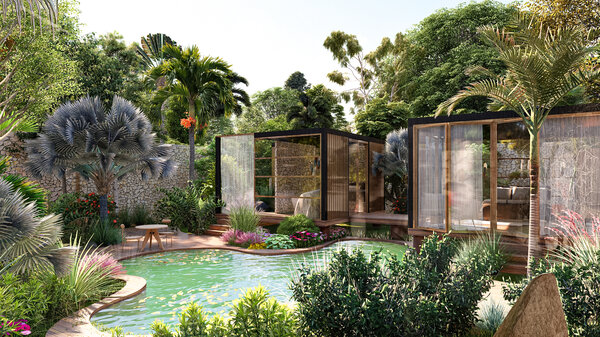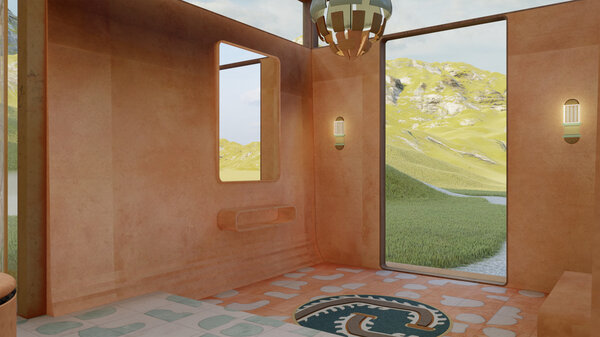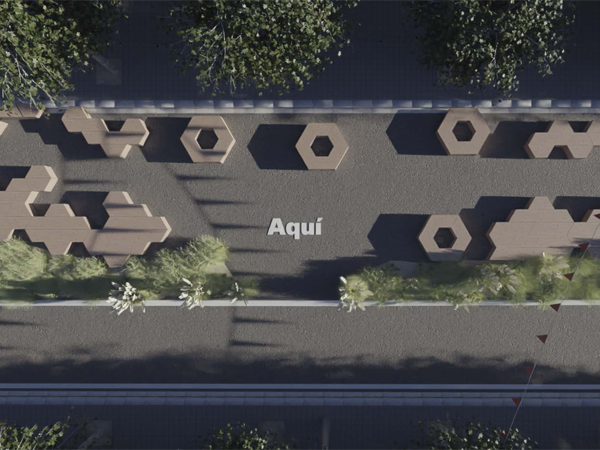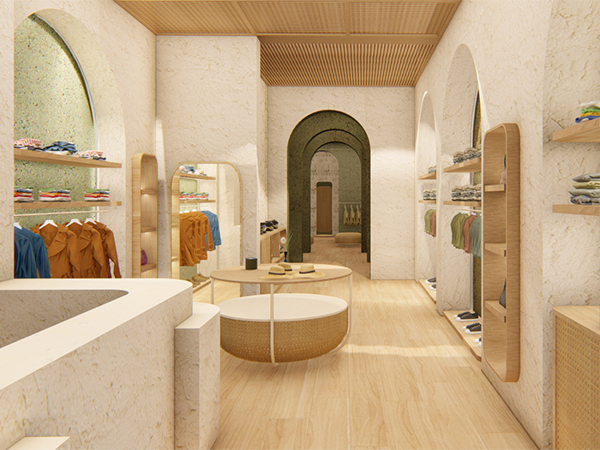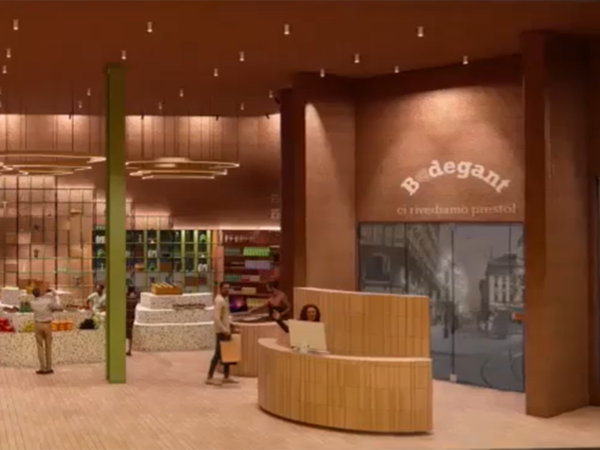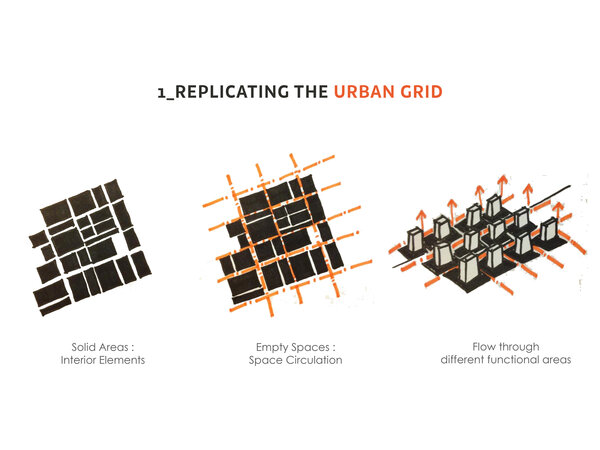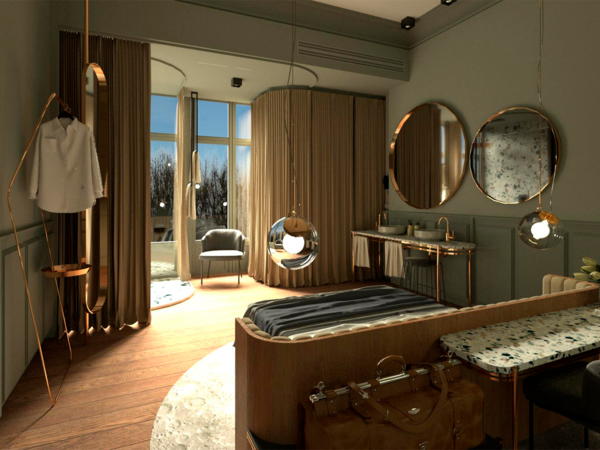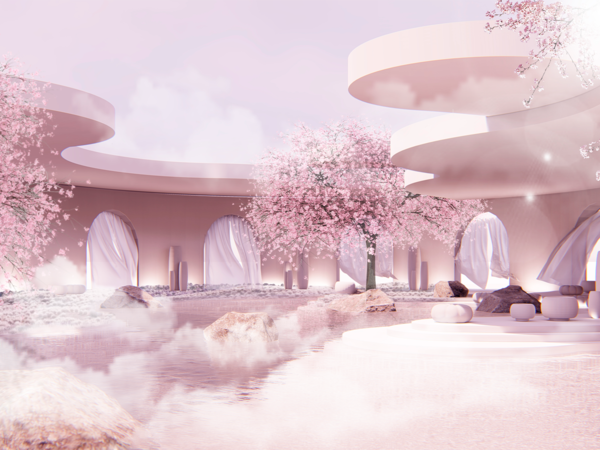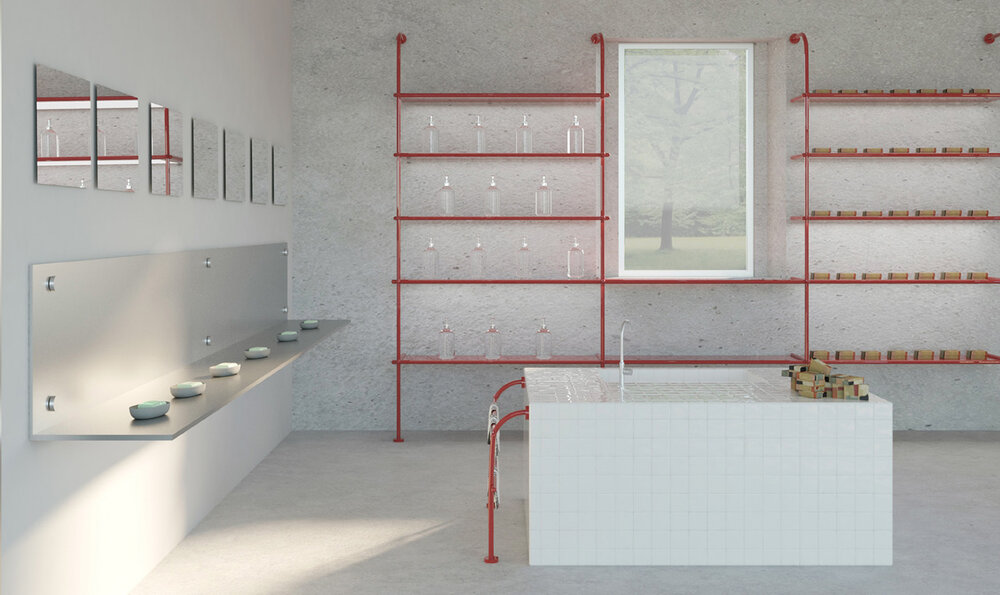
Interior designers: who are they, what they do and how to become one
Who are they, what they do
An interior designer specialises in designing various spaces in the residential, commercial, and hospitality industries, both in the private and public sectors.
Who are they, and what do they do?
Interior design aims to create functional, comfortable, and harmonious spaces. A designer might work on designing brand-new spaces or renovating existing spaces. Several factors must be considered in the design process: living requirements, quality of life, modern ergonomic needs, the desired interior style, and more.
Role and responsibilities
Interior designers are often involved in the conceptual phase and might be required to follow the project to the final styling stage. They are responsible for meeting the client's requirements, understanding their tastes and expectations, and creating projects that meet their preferences and the proposed budget.
The role focuses on designing the room layout, selecting the most suitable materials and colours and using assisted design tools. Keeping an eye on the latest technological innovations is an integral part of this work, such as suggesting efficient home automation systems and improving the comfort of spaces. In addition, interior designers are responsible for coordination, ensuring that architects, builders, and suppliers know the proposed solution so they can work together and coordinate within the time frame.
Interior designers are also responsible for ensuring the project complies with local regulations. They must be familiar with building requirements to design and develop solutions that meet applicable laws and regulations.
Career and salary
Interior designers work in professional design studios, design companies, or architecture firms or start their own freelance businesses. Their salaries vary according to experience and location, but they are often very competitive.
A career in interior design offers many opportunities and specialisations. The most common specialisations include:
Environmental Interior Designer
In a world where eco-friendliness is increasingly in demand, Environmental Interior Designers are in high demand. They design interiors that combine aesthetic beauty with environmentally friendly solutions. This type of project integrates design elements with recyclable materials, energy-efficient lighting systems, and energy-efficient architectural solutions.
Interior Designer for hospitality
Interior designers specialising in hospitality and tourism are among the most in-demand roles in this field. They design rooms and common areas that balance comfort, style, and practicality while portraying the hotel's identity and structure. Their designs help welcome guests from the first moment and make them feel at home
Interior Designer for residential spaces
Interior designers specialising in residential areas focus on designing customised living spaces, from furnishing to choosing colours and fabrics. They work in synergy with their customers to understand their tastes, needs and lifestyles, creating interiors that uniquely reflect the homeowners' preferences.
Interior Designer for heathcare
In environments such as hospital wards and doctors' offices where people's well-being and comfort are paramount, interior designers are critical figures in designing cosy and inviting areas. Paying attention to all elements, from lighting to colours to furniture, they create rooms that transmit serenity and accompany the healing process.
Interior Designer for the commercial sector
Creating a pleasant and engaging customer experience is a process in which several elements come into play, from the layout of products to the intensity of lighting, from the choice of colours to the careful selection of furnishings. Experienced Interior Designers take care of every detail to reflect the brand identity while at the same time attracting and retaining customers.

IED Open Days
We look forward to meeting you in person at our premises and online, to learn more about our teaching offerings, get to know our services and interact with coordinators, lecturers and students.
Skills and training
An interior designer is a professional with soft skills encompassing technical, creative, organisational, and communicative aspects.
Technical skills
Technical skills required include the use of professional software such as:
- AutoCAD® to quickly create 2D or 3D projects
- Sketch-Up for 3D modelling drawn by hand
- Photoshop® for graphic designs, photomontage techniques and photo editing
- 3D Studio Max® and VRay for modelling and visualising projects in 3D.
Creative skills
An experienced Interior Designer possesses creative, expressive, artistic and cultural skills. Generating original and innovative ideas is fundamental as each project must be unique and reflect the client's personality. While designing, Interior Designers are receptive to different architectural styles, including local ones. They try to create solutions that authentically and harmoniously reflect the location's specific characteristics, integrating culture and tradition into the aesthetics and functionality of the designed spaces. Their professionalism is always up-to-date with the industry's ever-changing trends, and they propose innovative and contemporary solutions that reflect the latest developments in interior design.
Furnishing and design skills
An advanced knowledge of lighting techniques accompanies the ability to select furniture, materials and colours with careful attention. The Interior Designer can strategically position light sources, playing with light and shadow to create charming atmospheres and enhance critical elements of spaces. This expertise not only contributes to the aesthetic aspect of the project but also influences the emotional and functional perception of the rooms, ensuring a complete and harmonious design.
Communicative skills
To excel in the profession, it is essential to communicate clearly and persuasively, illustrating one's ideas and visions through drawings, diagrams and visual presentations. At the same time, a good Interior Designer knows how to listen carefully to customer needs and translate them into tangible solutions.
Effective communication with the other participants involved in the project is also essential to ensure a shared understanding of the end result.
How to become an Interior Designer
Are you looking for a professional and informative course to become an Interior Designer?
With the IED programmes, you can acquire technical skills from the best professionals in the sector, regardless of your starting level.
Discover our IED courses: the first step to becoming an experienced Interior Designer.
